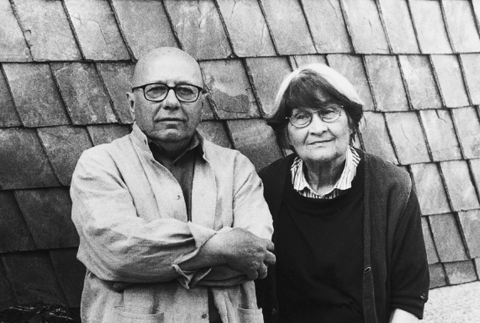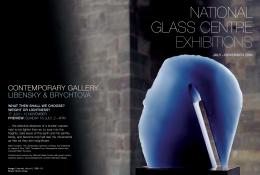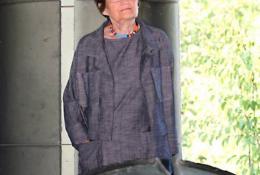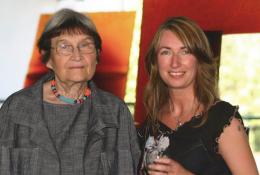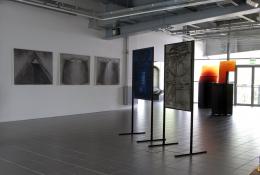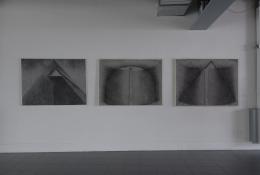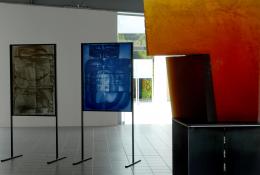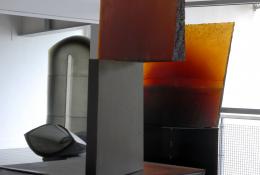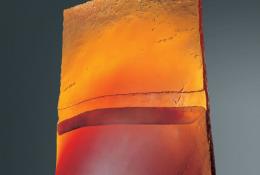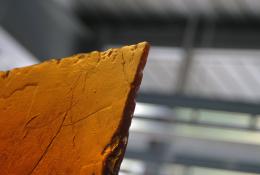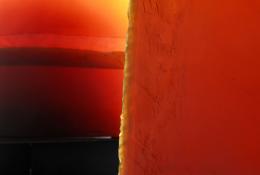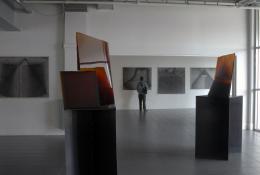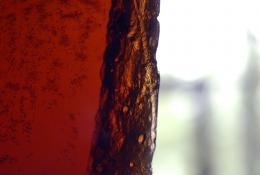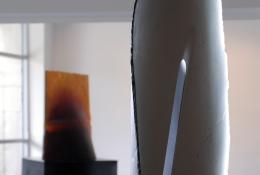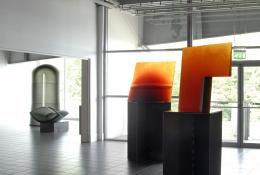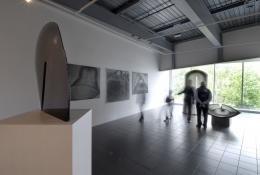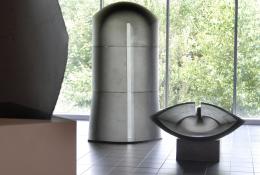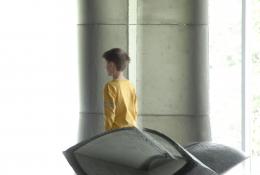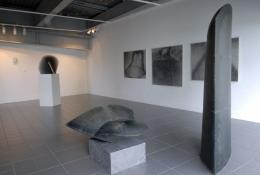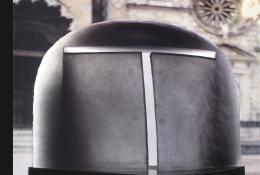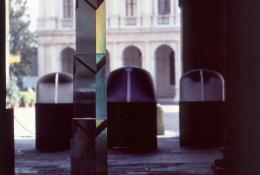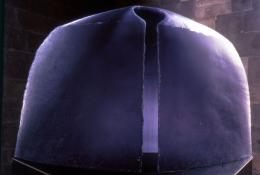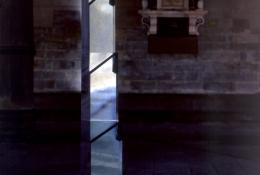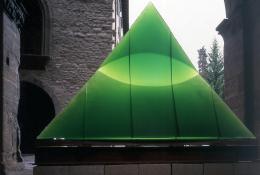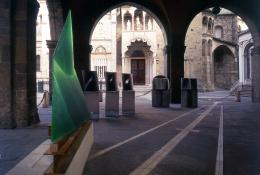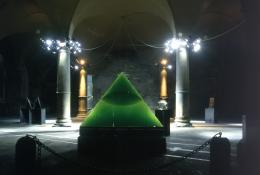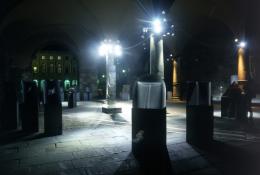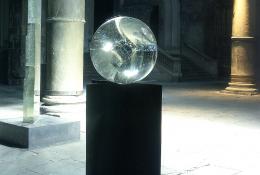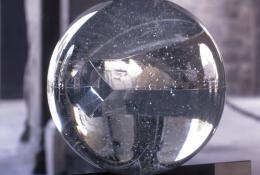Stanislav Libenský & Jaroslava Brychtová
Jaroslava Brychtová: Sculptor Who Found New Ways to Meld Glass, Form and Light
Text by Steven Kurutz
New York Times, April 24, 2020
" Jaroslava Brychtová, an internationally acclaimed Czech artist who made large-scale glass sculptures with her husband and collaborator, Stanislav Libenský, pioneering new ways to work with glass, form and light, died on April 8 in Jablonec nad Nisou, a town in the Czech Republic. She was 95.
From the late 1950s until 2002, when Mr. Libenský died, Ms. Brychtová and her husband created an ambitious body of work that could be likened more to painting, sculpture and architecture than to something that rests on a tabletop. Some works topped 13 tons and towered 14 feet. Many featured negative space, like cuts, to allow light to penetrate. The best of them merged art and science through the material of colored glass to profound effect.
Mr. Libenský made the paintings and drawings, while Ms. Brychtová translated and interpreted his designs into three dimensions, using clay models to perfect the shapes and surfaces.
Jaroslava Brychtová was born on July 18, 1924, to artistic parents. Her mother, Anna Pekarkova, created hand-woven textiles. Her father, Jaroslav Brychtá, was a sculptor and glassmaker who also founded a local school that taught glassmaking techniques as well as design, chemistry and technology. He was a major influence on her life.
Ms. Brychtová followed her father into the arts, studying sculpture at the Academy of Arts, Architecture and Design and at the Academy of Fine Arts, both in Prague, before returning to Železný Brod, a small town in north Bohemia with centuries-old glassmaking tradition. She spent nearly all her life there.
It was in Železný Brod, in the early 1950s, that Ms. Brychtová met Mr. Libenský, who was the director of the glass school and, like her, married at the time. They divorced their spouses, causing a minor scandal, and embarked on the fruitful partnership that first drew notice at the 1958 World’s Fair in Brussels, where they showed colored glass blocks with reliefs of wild animals.
In Communist Czechoslovakia, where the couple made their seminal work, artists who might have otherwise been censored could hide out in the “minor” art of glass while pursuing ideas like abstraction. The couple’s work was underwritten by the state, at least initially, and they exhibited at World Expos in Montreal in 1967 and Osaka, Japan, in 1970. After the 1968 Soviet-led invasion of Czechoslovakia, the Communists cracked down on artists. Ms. Brychtová and Mr. Libenský were expelled from the party and forbidden to travel abroad together for a time.
Over the decades, as their international reputation grew and their work was displayed at the Met and the Victoria & Albert Museum in London, a younger generation of female glass artists drew inspiration from Ms. Brychtová. "
